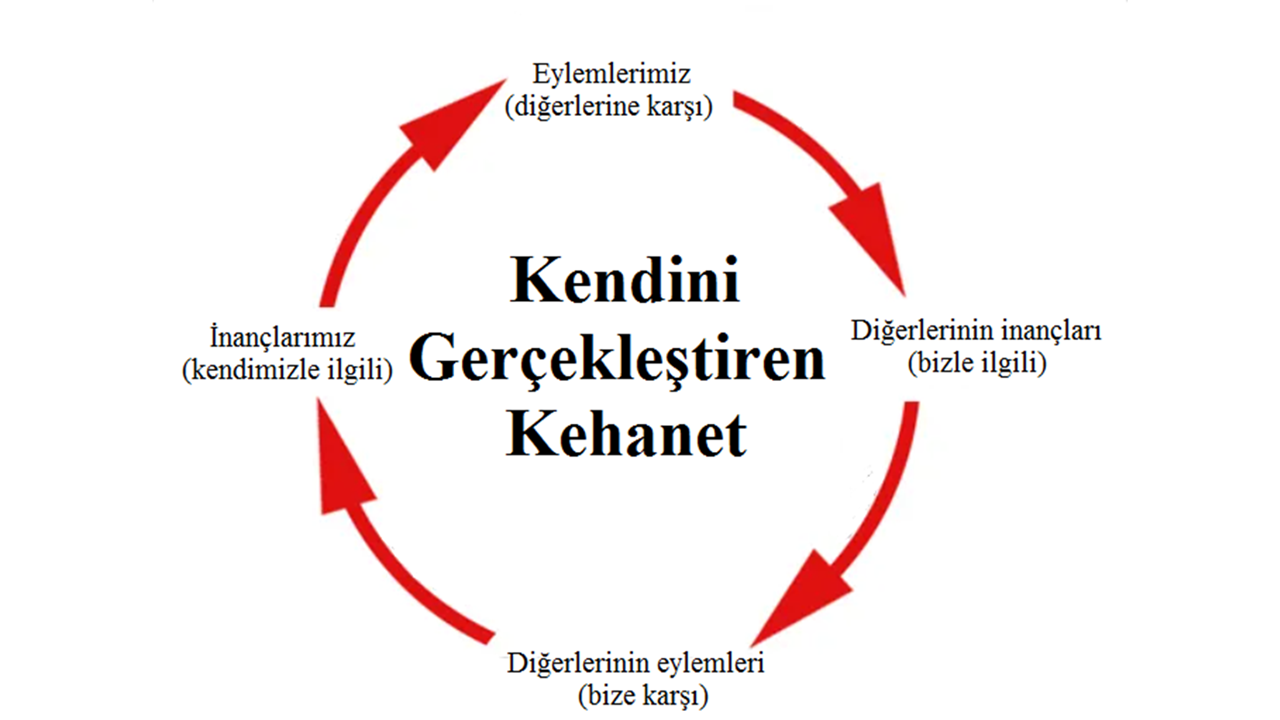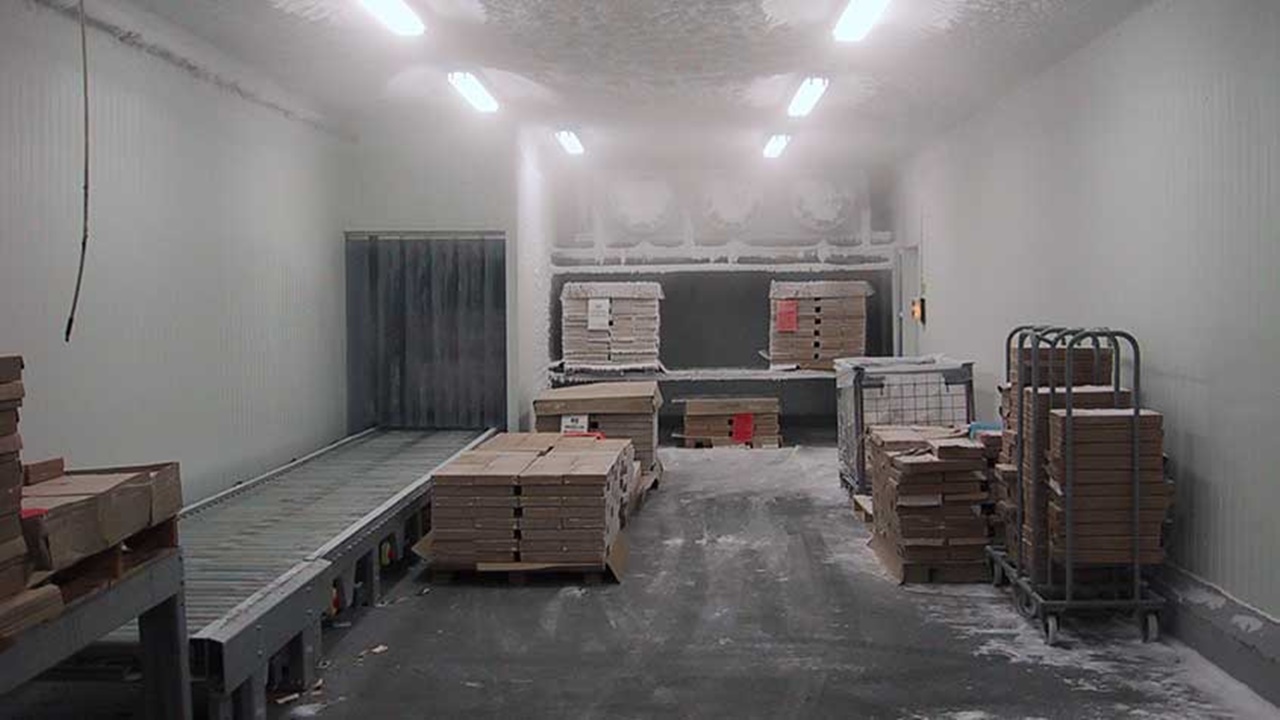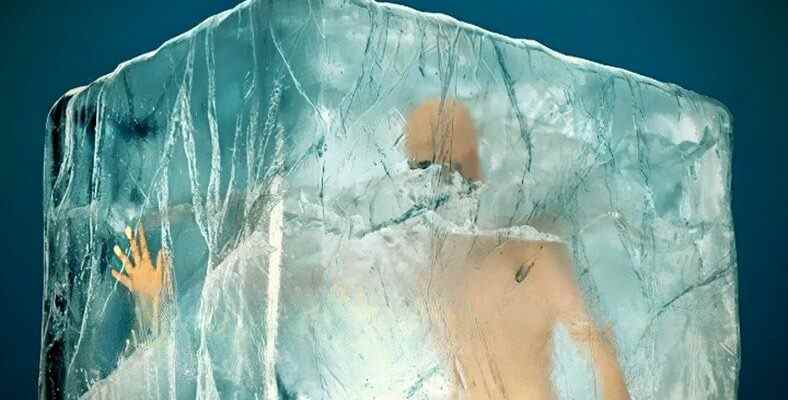A man named Nick Sitzman is allegedly locked in a freezer. He believes that the freezer is working and that he will freeze to death in a few hours. Because he has so much faith in it, what he fears happens to him, and in the morning he is found frozen to death in a non-working freezer. So, is there a basis for this event, is it possible to freeze with the power of thought? Let’s examine it together.
Author Glenn Van Ekeren, in his book “The Speaker’s Sourcebook” published in 1988; in a freezer that is actually broken but not working, “just because he believes” It tells the interesting story of a man who froze to death. There is no personal information about this man, whose name is unknown, only his story. This story spreads more and more among the people, and like a word-of-mouth game, every hearer adds something new to the story.
The story is told in the respected magazine Reader’s Digest, that it is real and that the name of the person who froze to death was also mentioned. Nick Sitzman The story becomes even more impressive when the rumors are added that it is true, and people no longer have a reason to believe the story is true.
Nick Sitzman and his questionable story:
Nick Sitzman in this story that spreads by word of mouth; A strong, healthy and ambitious young man with a hardworking and loving wife, two children and many friends. is a railroad worker. On a summer day, train crews finish their work an hour early. While doing one last check on the wagons, Nick accidentally in the freezer remains locked. When he realizes that the rest of the workers have left the field, he panics and starts shouting, but no one hears him. He thinks that the temperature in the freezer is zero degrees and if he stays inside, he will freeze to death in a short time. In order to tell his wife and family what happened to him, he scrapes the following into the ground with the knife he found inside: It’s so cold, my body goes numb. I wish I could sleep. These may be my last words.
In the continuation of the story, morning teammates Nick froze to death somehow they find it. When they examine the freezer’s temperature records, they realize that this is impossible. Because the freezer Nick is locked in is broken and hasn’t worked for the past week, including that night. The temperature inside the freezer has never dropped below 10 degrees Celsius. As a result, they come to the following thought; The cold didn’t kill Nick, Nick killed himself by the power of thought. In another version of the story, Nick Sitzman in a restaurant works. Likewise, it remains locked in a broken and inoperative freezer; He thinks that the freezer continues to cool, and at the end of the story he freezes to death.
The relationship between the pygmalion effect and the frozen man story

It’s about whether the story itself actually happened. doubts although there is Pygmalion effect This story is often told when explaining the theory of the “self-fulfilling prophecy” or otherwise. This theory, which is one of the theories of social psychology, is defined by the sociologist Robert K. Merton as “New behaviors resulting from the wrong evaluation of events or conditions cause the wrong to happen”. In short, what you believe affects your behavior, and these new behaviors make what you believe in.
allegedly Nick Sitzman believed so much that he was going to freeze to death, that the prophecy finally came true and Nick actually died. But he didn’t even leave a real name behind.
Is the story true?

In the researches, this story could not be found in the archives of the Reader’s Digest magazine. As for whether a person named Nick Sitzman is actually alive or not. there is no evidence. When you’re locked inside a freezer, you can start believing that the freezer is still working and getting really cold. It is even possible for you to have a heart attack because you are afraid, but it is not physiologically possible for you to freeze to death in weather conditions above 10 degrees Celsius.
Despite everything, let’s say that such a situation actually happened, wouldn’t the science-medical community have to keep every single data of this event and do research on it? But the interesting thing is, there is neither a hospital record nor an autopsy report about this incident. All we have is an “evidenceless” story.
Resources: 1, 2, 3
